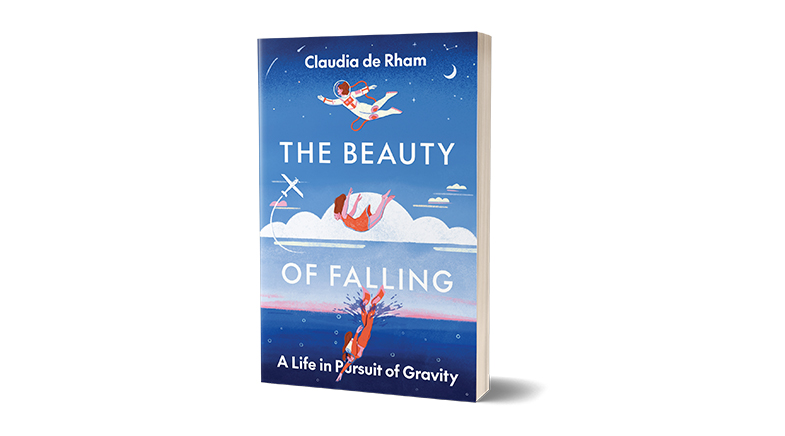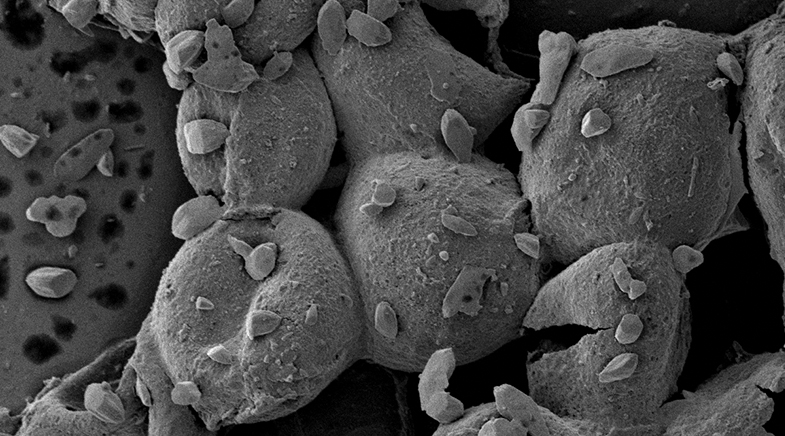An alternative way to make ammonia
-
- from Shaastra :: vol 04 issue 01 :: Feb 2025

A new method to make ammonia from wastewater addresses pollution and chemical production.
Research shows ammonia can be produced from nitrogen pollutants present in wastewater. In a study published in the Journal of the American Chemical Society (bit.ly/IISERP), researchers converted nitrate and nitrite compounds present in industrial effluent discharge and agricultural run-off into ammonia using visible light and indium phosphide quantum dots (InP QDs), which act as photocatalysts.
Nearly 25% of nitrogen fertiliser applied to farms escapes and contaminates water resources. The Indo-Gangetic plains of India, for example, have extremely high levels of nitrates in the groundwater. Besides causing health problems among the local population, high nitrate levels lead to eutrophication and acidification of water bodies.
A team led by Pramod Pillai, Professor at the Indian Institute of Science Education and Research (IISER) Pune, found that specially designed InP QDs can reduce nitrate to ammonia using visible light with a high yield (>90%). "Ammonia production is sustained even in natural sunlight and this strengthens the translational aspects of our photocatalytic process," says Pillai.
Currently, much of ammonia, used as fertiliser as well as for synthesising fine chemicals, is produced through the century-old Haber-Bosch process (Green is the new black), which accounts for up to 2% of global energy consumption and 5% of natural gas usage. Scientists have been trying to find a better alternative to this process so that carbon dioxide emissions associated with ammonia production can be reduced. In 2023, the global production of ammonia, the second-largest produced commodity chemical, was 150 million tonnes (bit.ly/ammonia-stats).
"Ammonia production is sustained even in natural sunlight..." – Pramod Pillai
While wastewater streams may not be a viable source to meet current ammonia demands because of insufficient concentration of nitrite and nitrate ions, in heavy agricultural run-off regions, it can still be tapped to produce ammonia on-site in a localised manner, says Pillai. The process can also be a viable alternative to the Haber-Bosch process, which captures nitrogen present in the air.
Atmospheric N2 can be directly oxidised to nitrate and nitrite ions (called nitrogen oxidation reaction, NOR) using a variety of methods, explains Pillai. "Theoretical predictions reveal that energy consumption for NOR via plasma-based processes is comparable to or lower than existing Haber-Bosch process, with the added advantage of reduced greenhouse gas emission."
"The team has tackled a long-standing challenge in ammonia synthesis by introducing InP QDs as visible light-driven photocatalysts, achieving remarkable efficiency and selectivity," says Vivek Polshettiwar, Professor of Nanocatalysis at the Tata Institute of Fundamental Research, Mumbai. The innovative design of the catalyst's core and surface, coupled with thorough mechanistic insights, opens up new avenues for green chemistry, he adds.
Have a
story idea?
Tell us.
Do you have a recent research paper or an idea for a science/technology-themed article that you'd like to tell us about?
GET IN TOUCH














